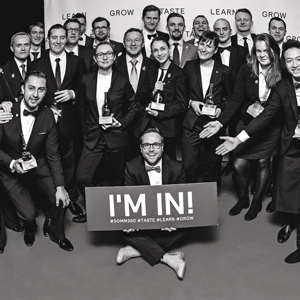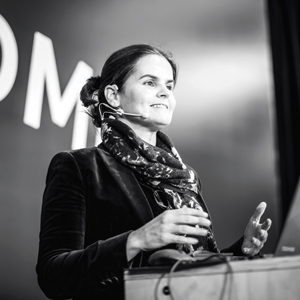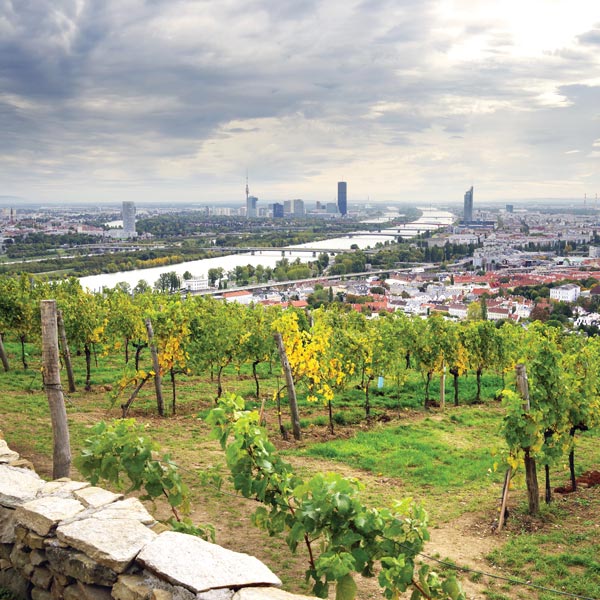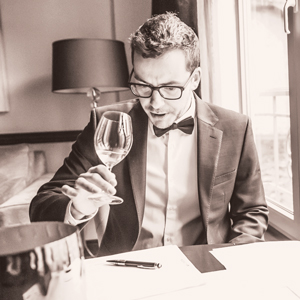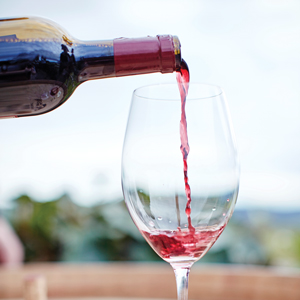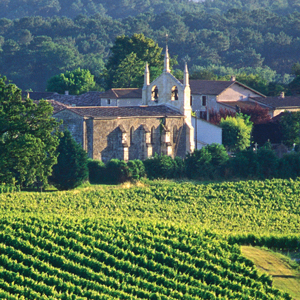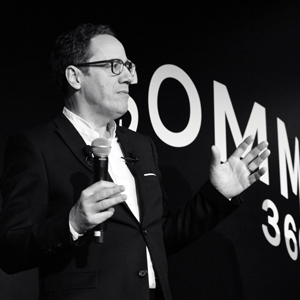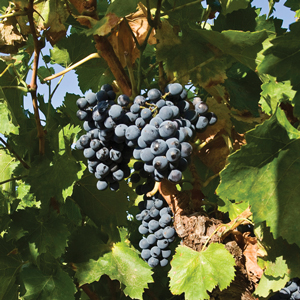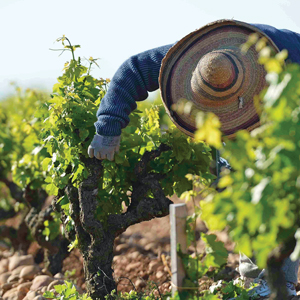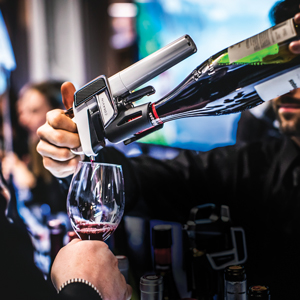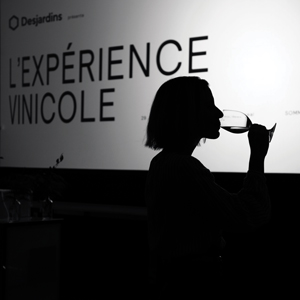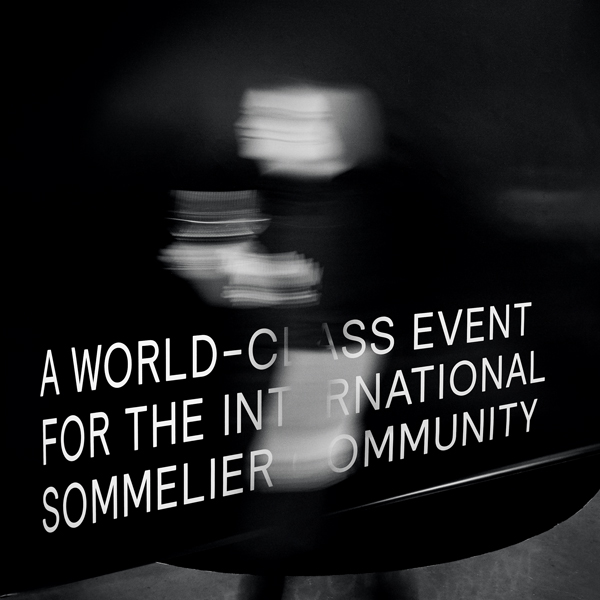SOMM360 is a platform for every sommelier seeking perfection through continuous education and training for competition.
Get the latest info about Somm360
© 2018 SOMM360




Greg Lambrecht and Terry Kandylis
Participants at SOMM360 heard from a varied group of speakers, both from targeted master classes and from those whose journeys in the wine world were quite remarkable. Among them was Greg Lambrecht, who rocked the wine world in 2013 by developing a way to serve wine by the glass, without pulling the cork. Another innovative speaker was Canadian wine icon Thomas Bachelder, a winemaker without a vineyard, who has developed terroir-driven wines in Niagara, Oregon and Burgundy, and who explained why he loves the Niagara peninsula so much. A look back at some inspiring conversations at SOMM360...
Greg Lambrecht told the audience of wine professionals that, at the time, he just wanted to develop a way to drink a glass of wine from any bottle, then save the rest for weeks, months or even years. “I created this thing for my house. I still use it every day. It is meant for the house, but it happened to have an application that restaurants and wineries can use as well, that I did not anticipate.” In fact, the Coravin wine system has created a mini-revolution in the wine industry, allowing restaurants and sommeliers to offer a much larger selection of wines by-the-glass. Terry Kandylis, head sommelier at the 67 Pall Mall Club in London, who accompanied Lambrecht at SOMM360, says the Coravin system allows his restaurant to offer more than 750 wines by the glass. “At a time when the sale of wine by the bottle is declining slightly, offering fine wines by the glass is an amazing business opportunity for restaurateurs.” It enables consumers to try wines they might never have had access to before. And it allows sommeliers to enhance the experience by creating tasting menus, thus increasing revenues and driving up sales.
Greg Lambrecht remains modest about his invention: “I am a toolmaker, that’s all I am. It is up to you to use it or not, to create wine pairings that might not have been possible before.” His innovation is proof that, even in the wine industry, necessity is the mother of invention!
One glass at a time
Greg Lambrecht is a physicist and mechanical engineer: he develops cutting-edge medical technologies, including needles used for chemotherapy. But he is also a true wine lover. He told the SOMM360 audience he developed the Coravin wine system somewhat selfishly when his wife became pregnant. “She stopped drinking, and I had a problem, with a cellar full of too-good-to-open wines.” So, he set to work developing a wine-pouring system that works by passing a needle through the cork of a bottle and pressurizing the bottle with an inert gas, allowing you to pour a glass through the needle, then removing it so the bottle reseals.
A mini-revolution in the wine world

The wandering winemaker
Thomas Bachelder is a wine legend in Canada, who has brought international recognition to the Niagara winegrowing region. Born and raised in Quebec, Bachelder was a wine journalist before he headed off to Burgundy to study winemaking. Since then, he has always worked as a winemaker, and the Burgundian influence is never far from the wines he makes, even in the “New World.” Thomas Bachelder told the participants at SOMM360 that he has been making Pinot Noir and Chardonnay for others for more than 20 years. Now, as well as being a winemaker and consultant, he makes his own line of Bachelder Wines from three classic cool-climate regions: Burgundy, Niagara and Oregon. He buys the grapes he needs from others’ vineyards. He describes himself as a bit of a nomad: a winemaker without vines. But he has chosen very carefully the places where he wants to make his cool-climate wines.
“The Coravin wine system has created a mini-revolution in the wine industry, allowing restaurants and sommeliers to offer a much larger selection of wines by-the-glass.”
—Greg Lambrecht
While he continues to work wines in Burgundy and Oregon, Thomas Bachelder admits to being enamoured with the Niagara region and focused on trying to change “the understanding of terroir in the New World, in places that were not traditionally known for making high-end wines.” Not only does he make six different wines in the Niagara Peninsula for his Bachelder label, but he is also the founding winemaker for Domaine Queylus in Niagara. It is a joint venture made up of 12 Quebec investors, all lovers of Burgundian wines. In the spring of 2019, he also resumed the production of famous Clos Jordanne wines from Ontario.
A tribute to Canada
Niagara Peninsula: an exceptional terroir
Bachelder reminded the audience at SOMM360 that the terroir in the Niagara Peninsula is perfect for cool-climate vineyards. “In Niagara, the lake is always to our north, and that is what makes viticulture so exceptional there. It is not just because of the escarpment, but because our region comes into contact with the lake that we have our micro-climate.” But he believes there is much more to the Niagara terroir than the famous lake effect. “One thing we have learned is that Pinot Noir and Chardonnay do well farther from the lake and on the Bench, where their yields are naturally restrained.”
Bachelder may seek out terroirs to make his fine Burgundian wines, but he holds a particular affection for the Canadian terroir he works. “There is a lot left to do in Niagara. We shouldn’t blindly accept the idea that it is too warm for cool-climate wines. These regions are just starting. I dream of a northeast terroir, and I think from Long Island to the Hudson, from the Finger Lakes to Niagara and into Quebec, is a great territory for growing vines.” Bachelder has built a solid reputation as a great winemaker, mastering the terroirs where his wines are made. But it is in Canada’s Niagara Peninsula, where he has an intimate knowledge of the land, that his wines find their best expression.
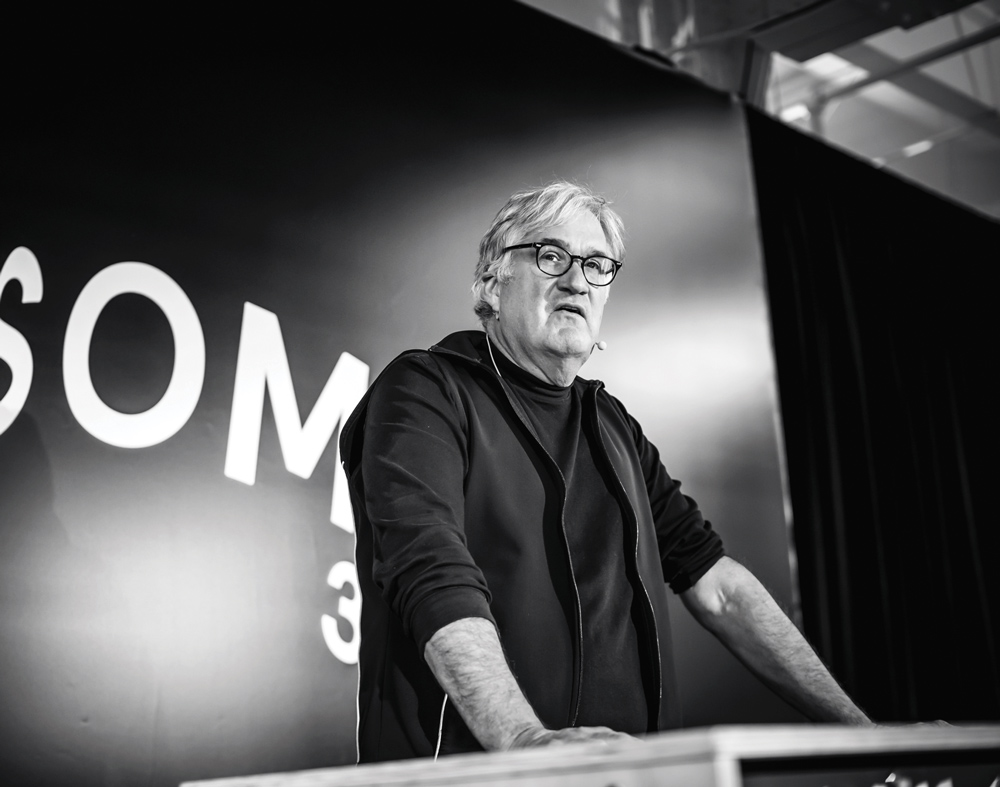
Thomas Bachelder
“In Niagara, the lake is always to our north, and that is what makes viticulture so exceptional there. It is not just because of the escarpment, but because our region comes into contact with the lake that we have our micro-climate.”
—Thomas Bachelder






